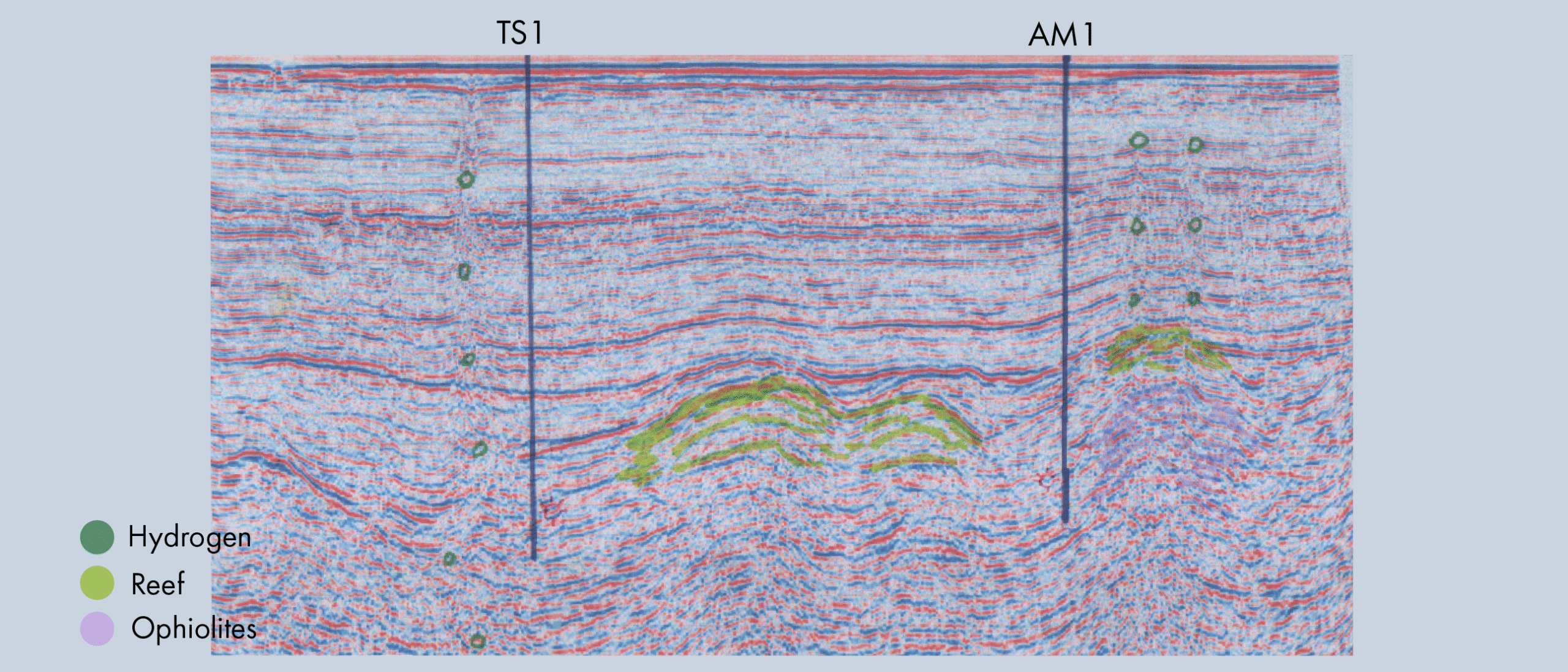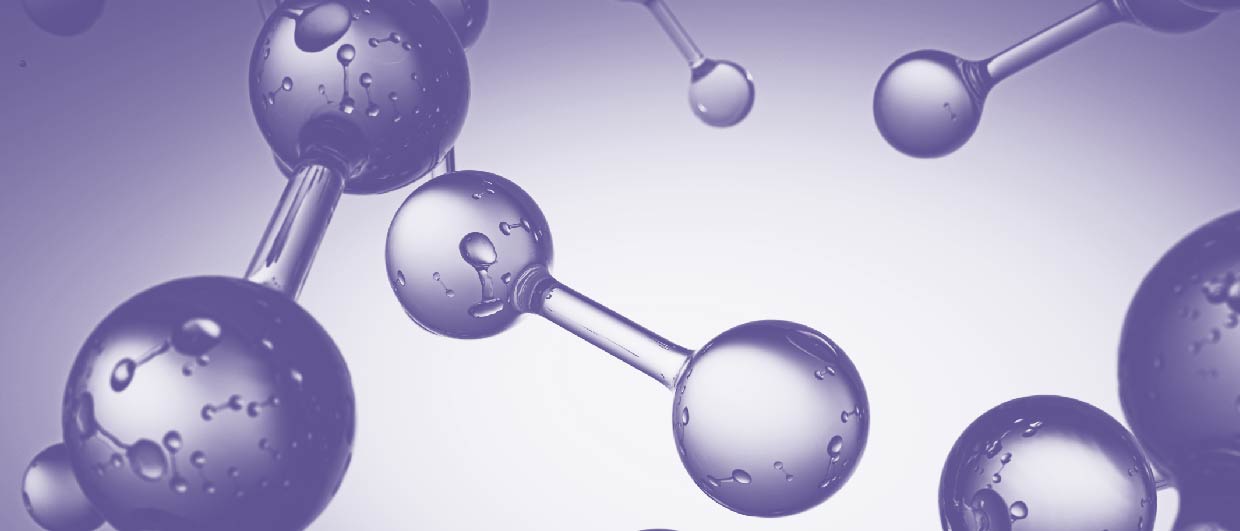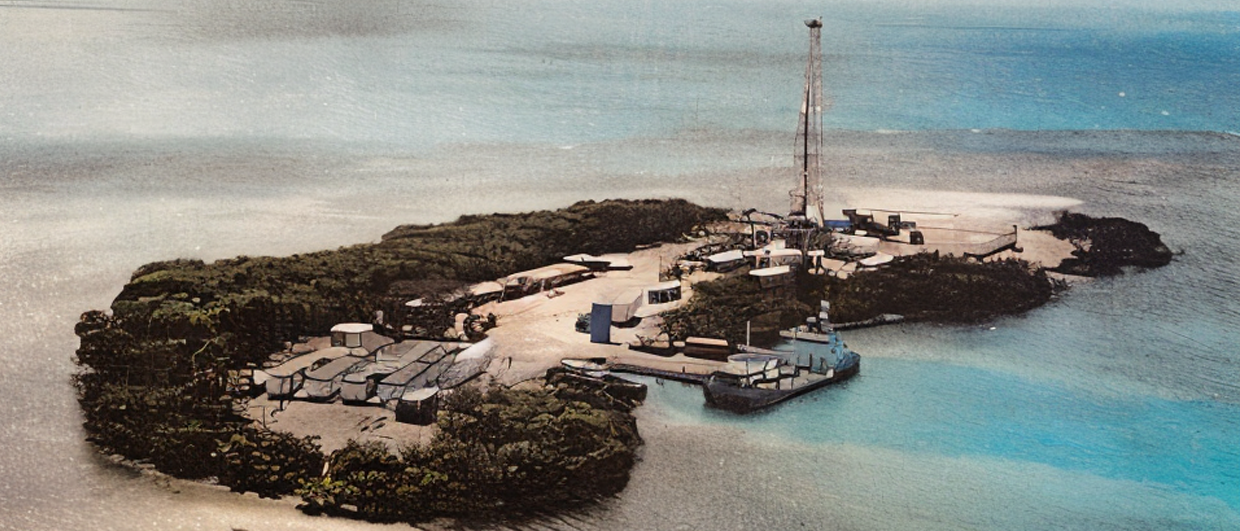Hydrogen is looked at as one of the energy sources of the future. There is a large focus on ‘green hydrogen’; hydrogen generated by the electrolysis of water, using renewable energy. While this creates a sustainable, low-carbon energy source, the process is expensive.
This is the main reason why green hydrogen currently makes up only a tiny fraction (0.1%) of the total hydrogen market. However, the production cost of green hydrogen is expected to fall rapidly over the next few years, making it competitive with grey and blue hydrogen, which are both formed by steam reforming of natural gas, combined with carbon capture and storage in the case of the latter.
Yet, there is another option for cheap and low carbon footprint hydrogen; exploration and exploitation of naturally occurring hydrogen. An industry that is currently in its infancy.
Bourabougou
Although hydrogen seeps are reported all over the world, the challenge is finding subsurface reservoirs with sufficiently impermeable seals, capable of capturing large quantities of highly mobile H2. To date, only one such hydrogen field is proven and being commercially exploited, the shallow Bourabougou field in Mali.
The field was discovered by chance while drilling a water well near the village of Bourakébougou in 1987. Although initially plugged and abandoned when a gas explosion halted drilling, it was reopened in 2011 and a pilot unit was installed to generate power for the off-grid village. After the successful pilot, Petroma Inc. (currently known as Hydroma Inc.) initiated a 24-well exploration campaign in 2017 and 2018, which resulted in 18 positive wells for hydrogen and a much better understanding of the geology and hydrogen trapping system.
Bourakébougou is situated in the Tamboura sub-basin, which is part of the Taoudeni basin, the largest sedimentary basin in Northwest Africa. It formed during the Middle to Late Proterozoic and covers large parts of the West African craton. The wells are drilled into a sequence of Proterozoic sedimentary rocks, interlayered with dolerite sills of Triassic age. Five stacked H2 reservoirs were discovered, with each reservoir sealed by a sill. The shallowest reservoir is encountered at 100 m depth while the deepest one sits at roughly 1200 m below surface. The current estimate for the areal extent for the hydrogen gas field is a minimum of 780 km2.

The initial Bourakébougou well has a H2 concentration of 97.4%, one of the highest natural H2 concentrations ever detected worldwide. In addition to H2, the gas contains 1.2% nitrogen and small amounts of helium, CO2 and hydrocarbons. Hydroma reported that all wells drilled to date in their 2022 drilling campaign constitute of at least 95% pure H2.
No fall in reservoir pressure
In addition to having exceptionally high concentrations of hydrogen, the reservoir has not lost pressure over 7 years of production (1,300 m3/day). There are strong indications that this is due to constant replenishment of H2, making this a sustainable source. The mere presence of a H2 reservoir is an indication of very recent to real-time H2 production because hydrogen is so mobile and reactive that it is normally quickly converted to methane via biotic and abiotic processes anyway.
In a few wells, carbon monoxide at concentrations of >1000ppm was identified, another indication that active geochemical processes are ongoing. The exact source of the hydrogen in this region is still debated. Serpentinization of ultramafic rocks is one of the more likely possibilities, with isotopic signatures indicating that the H2 is formed in the basement and then probably channelled to its present reservoir via large scale faults seen in seismic lines.
Although there are many upsides to exploiting naturally occurring H2, there are also some downsides. The main one is that H2 is difficult to store and transport. Liquefying H2, as is often done with natural gas, is not an option as hydrogen needs to be cooled to nearly absolute zero, consuming more than 30% of the energy stored within it. Compressing H2 gas still takes a considerable amount of energy too, but is nonetheless the route that Hydroma Inc. is envisioning. They plan to compress hydrogen to 300 bars and above, transport it to the nearest port and supply to market.
Mariël Reitsma, HRH Geology





